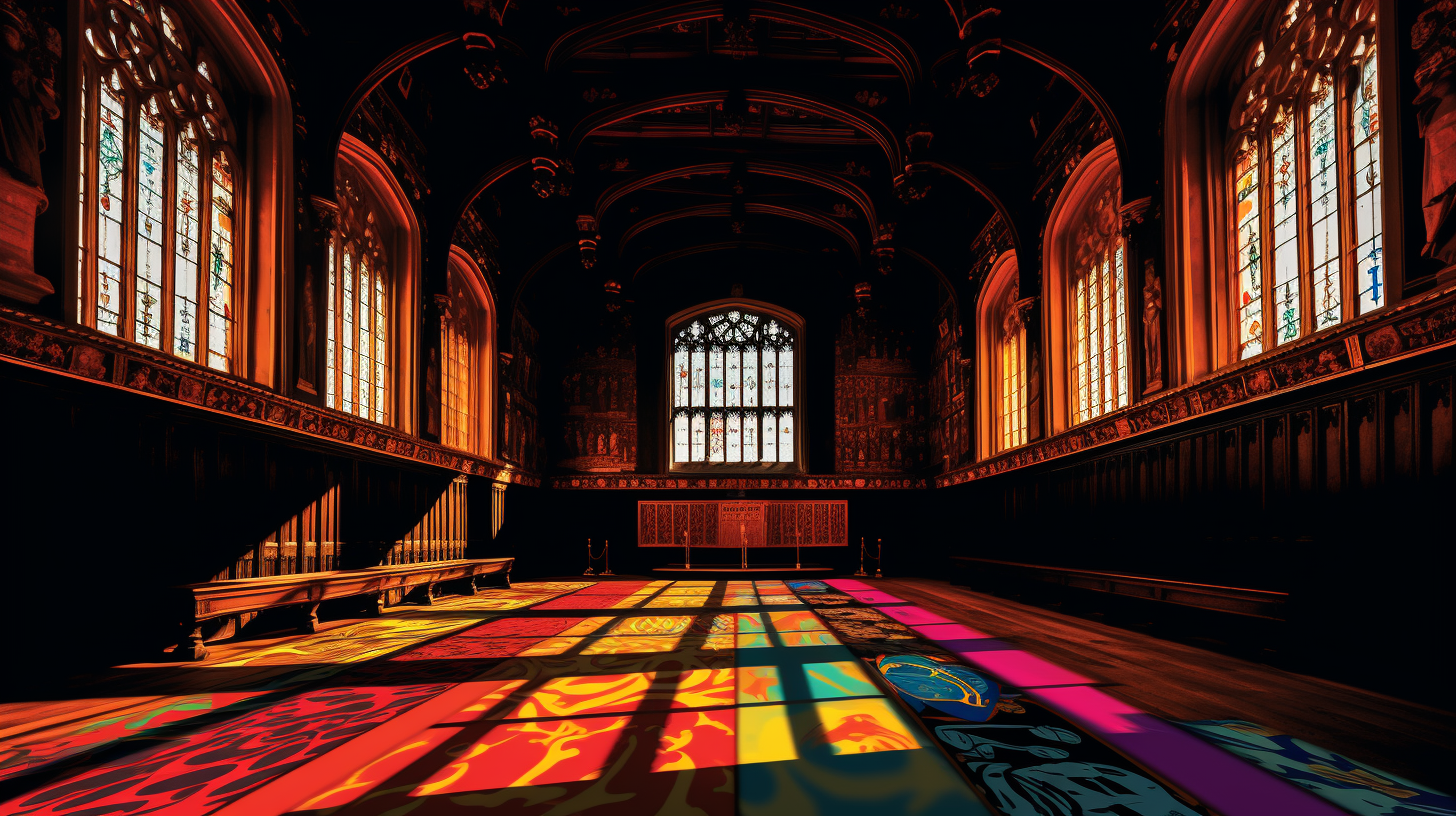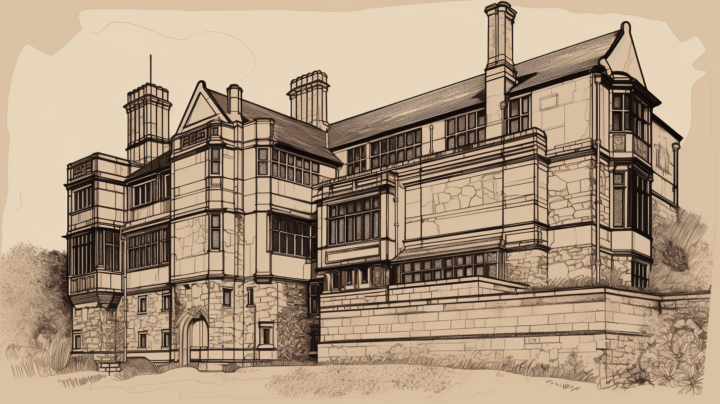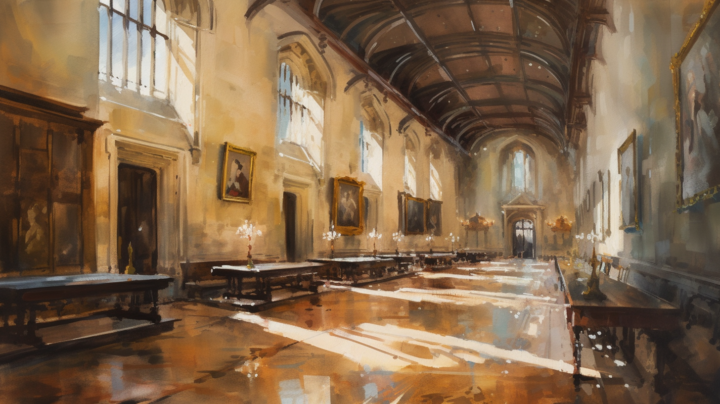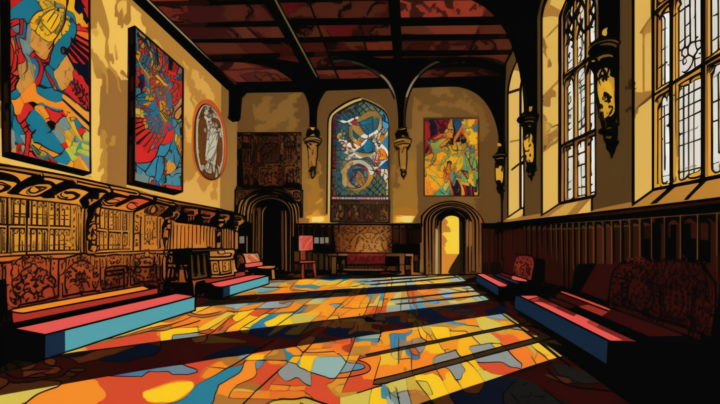My passion for Art Deco, a style that epitomises the glamour and innovation of the early 20th century, has always been intertwined with a deep respect for historic architecture—the older, the better. I was intrigued by how Art Deco evoked echoes of past historical styles, pushing design into a futuristic realm. This blend of eras drew me to Eltham Palace, where the medieval grandeur meets the sleek lines of Art Deco.
Art Deco emerged at a time of profound change, following the rapid progress and shifting social norms of the 1920s and 1930s. This style combined elements of ancient Egypt, Greece and Rome with a futuristic aesthetic. The result is a visual symphony celebrating the past and boldly predicting the future.
Eltham Palace began as a medieval royal residence with a magnificent Great Hall. However, by the early 20th century, the palace had fallen into disrepair—just like Stonehenge. Then, Stephen and Virginia Courtauld stepped in, reimagining Eltham Palace as a canvas for their unique vision.
The restoration, carried out in the 1930s, was no ordinary undertaking. The Courtaulds meticulously blended their love for Art Deco aesthetics with the historic fabric of the palace. Today, their legacy is woven into the very walls of Eltham Palace. One of its most remarkable features is a special room on the upper floor for the Courtaulds’ pet lemur, Mah-Jongg. Every pet lemur deserves its own space, obviously.
I also liked the glimpse behind the scenes into the servants’ quarters. The dedicated staff employed a range of gadgets—cutting-edge for their time—to provide the utmost comfort for the Courtaulds. These technological marvels included advanced heating systems and centralised vacuum cleaner.
As I wandered through the corridors and gardens of Eltham Palace accompanied by the helpful English Heritage audio guide, I couldn’t help but marvel at the seamless blend of history and innovation. The Art Deco splendour, intertwined with centuries of stories, creates a unique tapestry that speaks to the evolution of design and the enduring spirit of creativity.
Elia Kabanov is a science writer covering the past, present and future of technology (@metkere).
All images: Elia Kabanov feat. Midjourney.
This post represents an ongoing art project of mine describing a personal experience of visiting the English Heritage sites using AI tools such as Midjourney.
It’s important to note that all the images provided in this project are artistic impressions generated by artificial intelligence. While they capture the essence and spirit of the English Heritage sites, they may not accurately represent reality. The AI-generated images are a fusion of historical data and creative interpretation, meant to evoke emotions and curiosity rather than provide precise historical or architectural documentation. This project aims to celebrate the beauty and significance of these sites while embracing the innovative possibilities that AI offers in the realm of artistic expression.
If you like what I’m doing here, subscribe to my newsletter on all things science:



